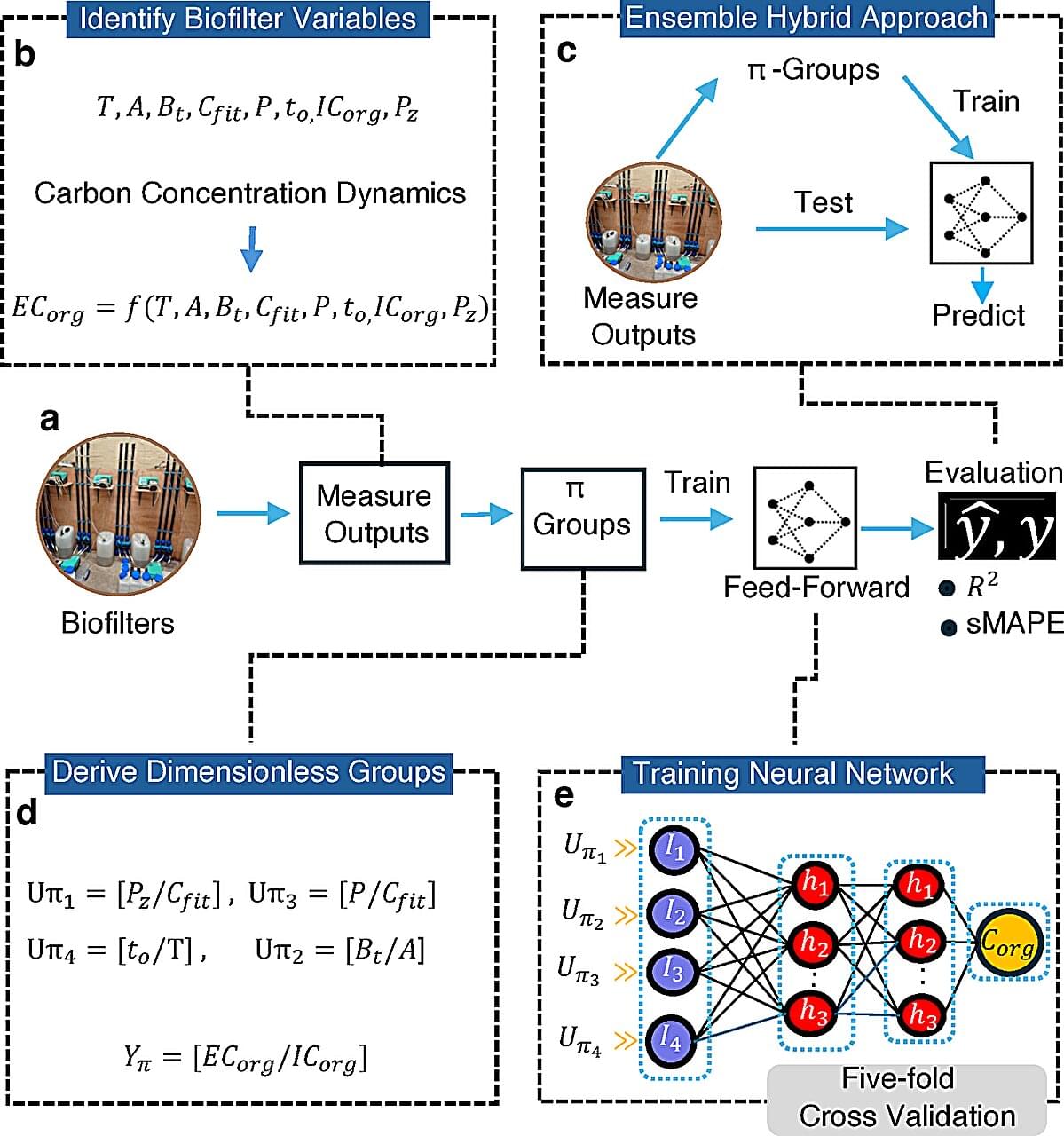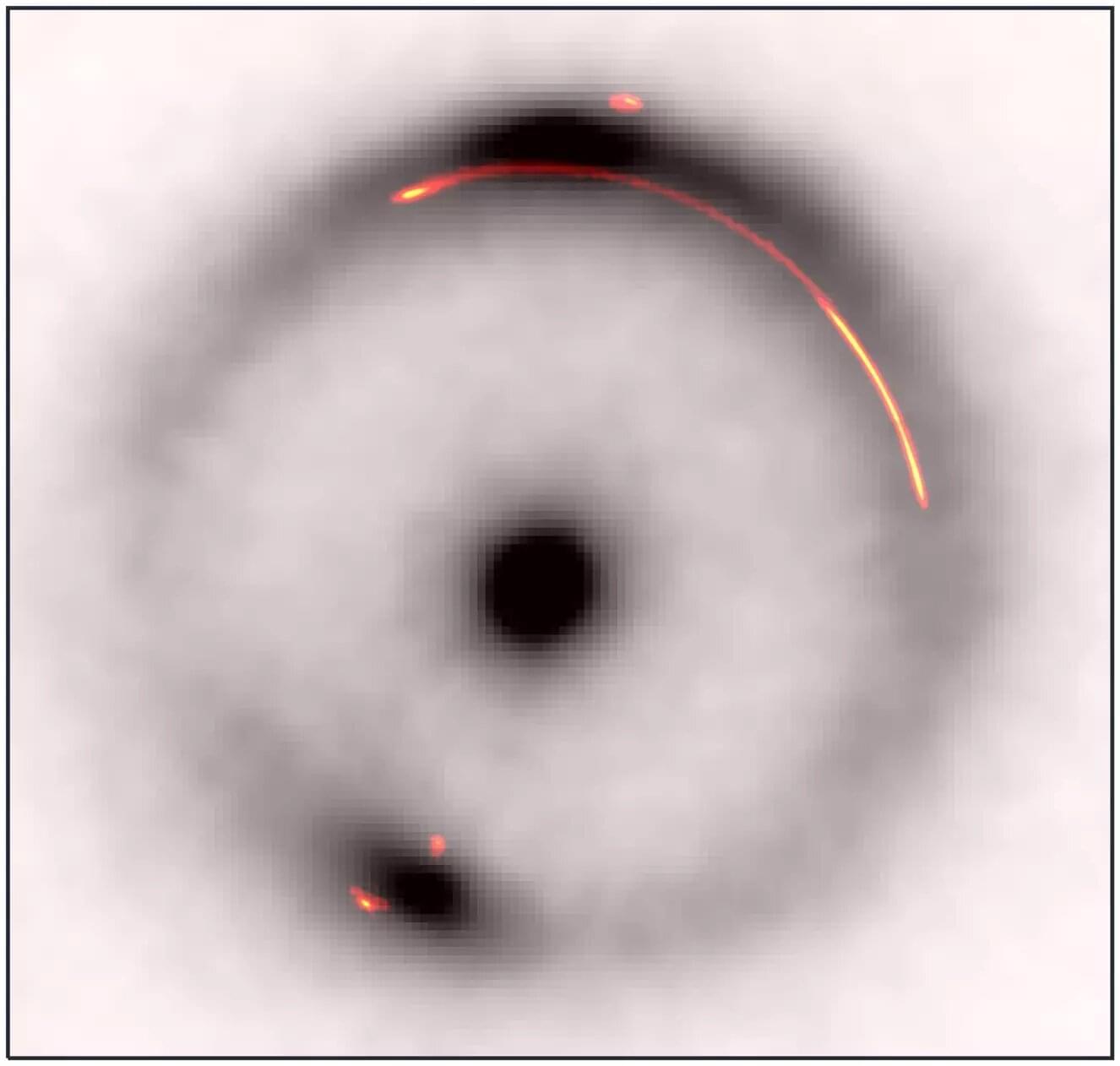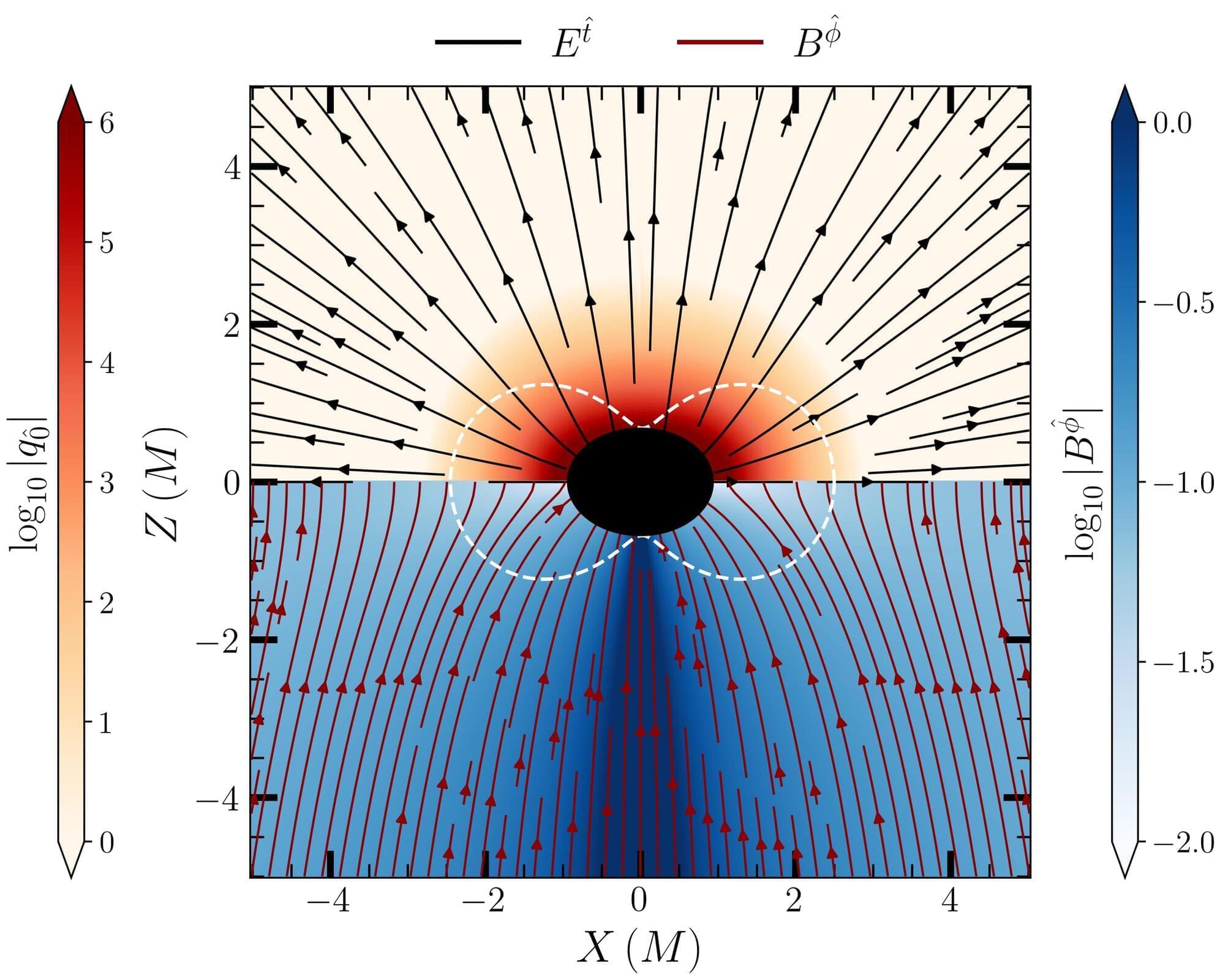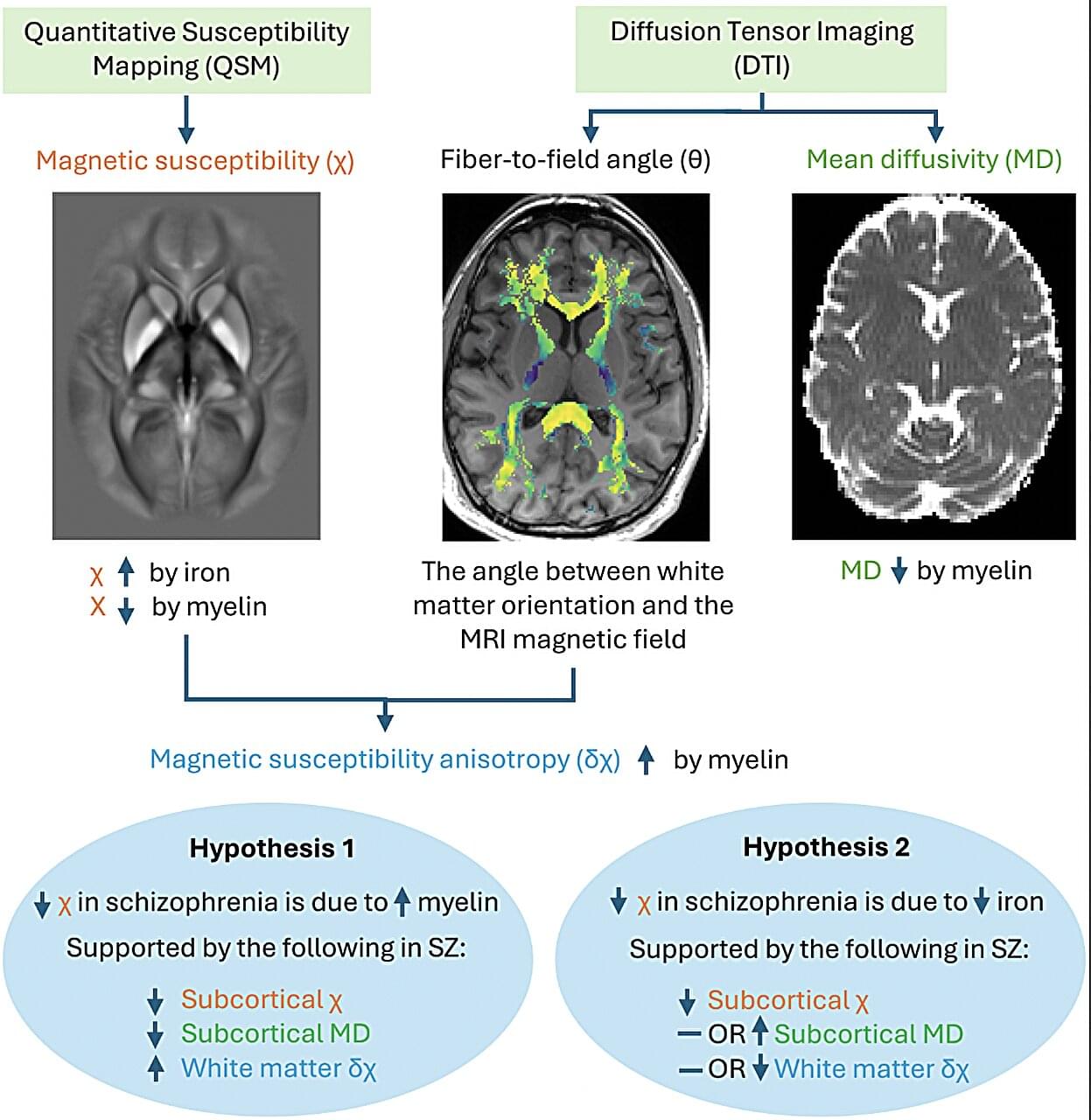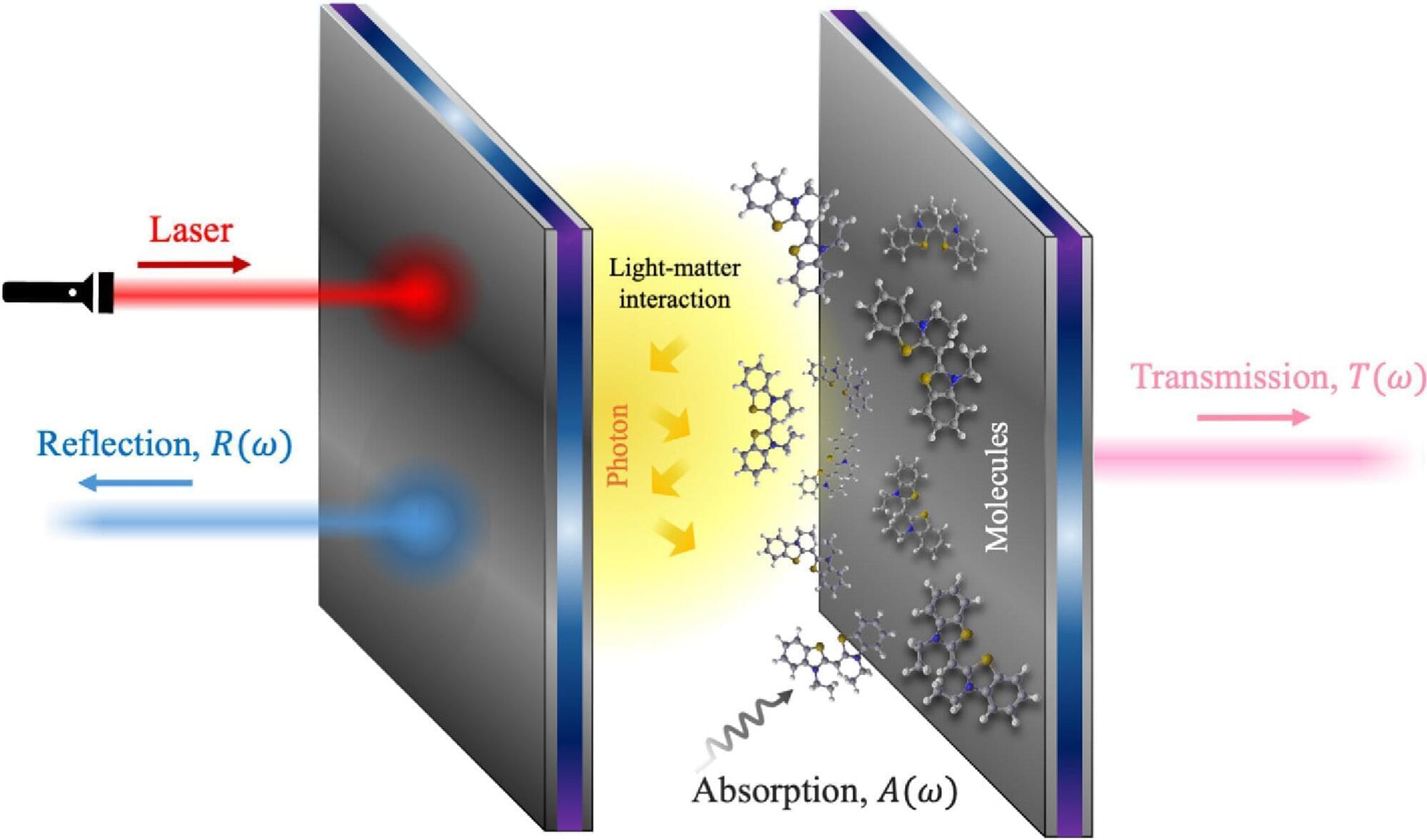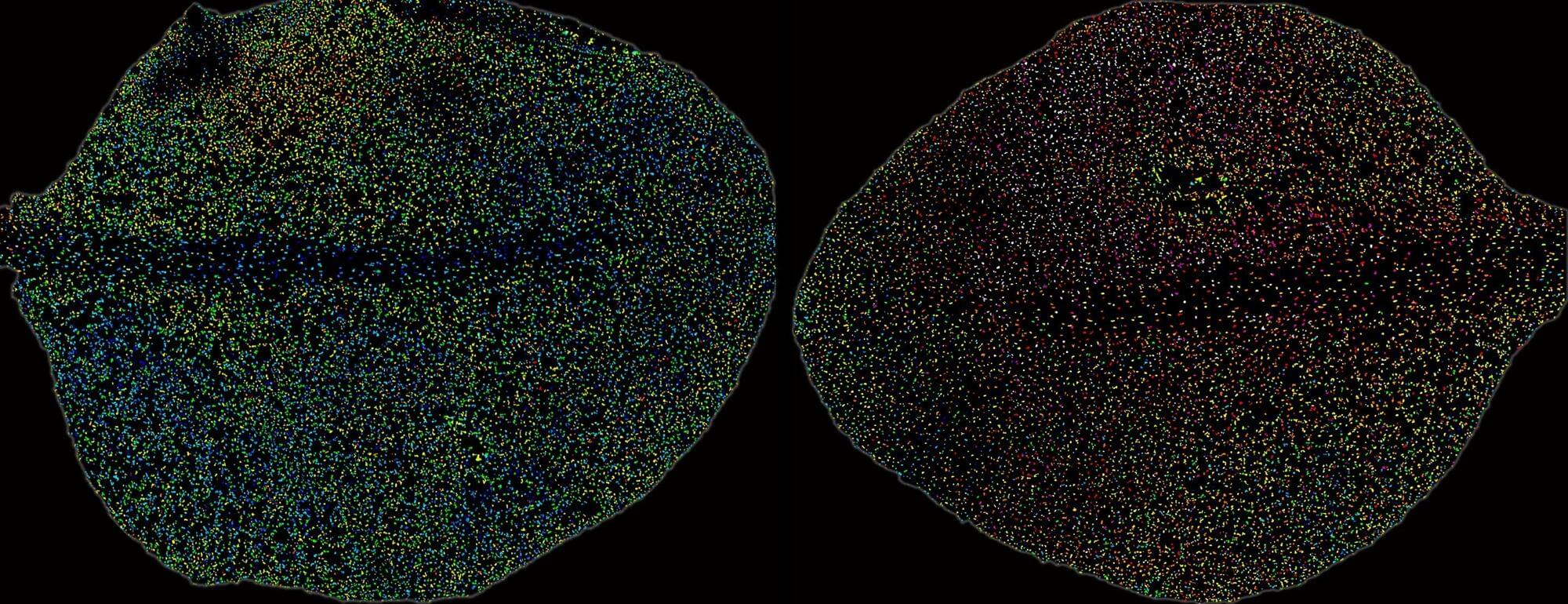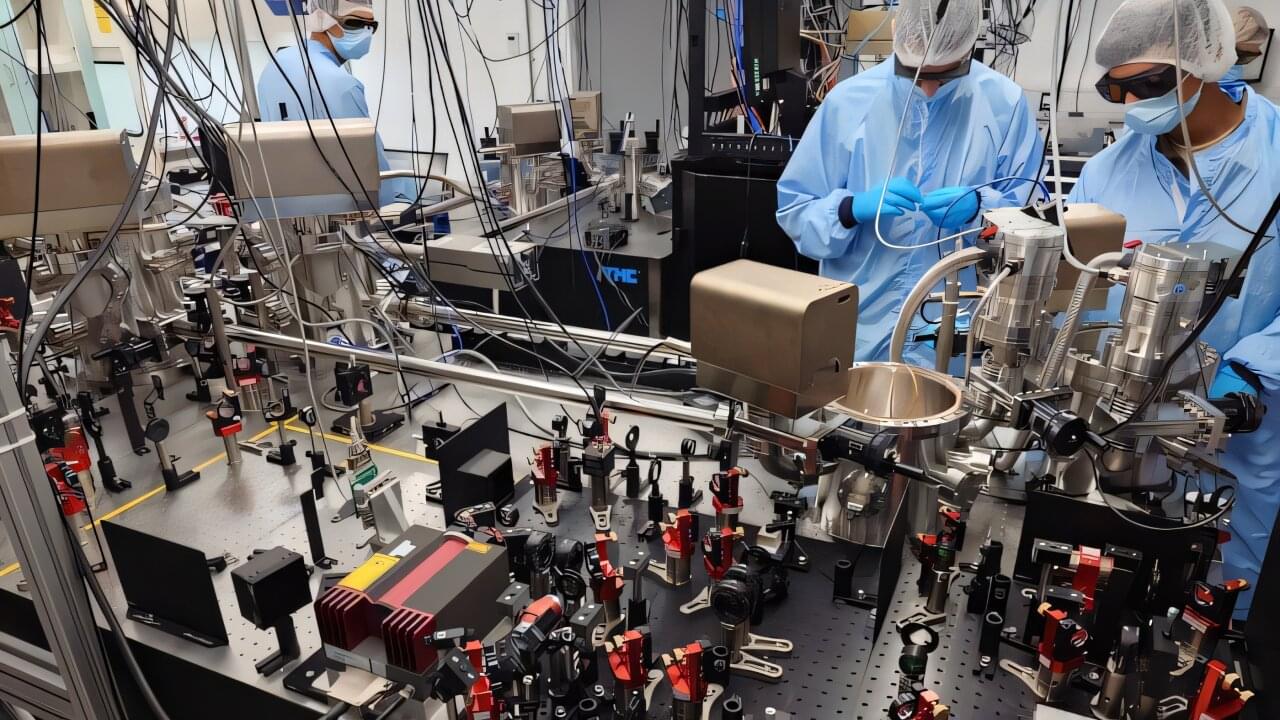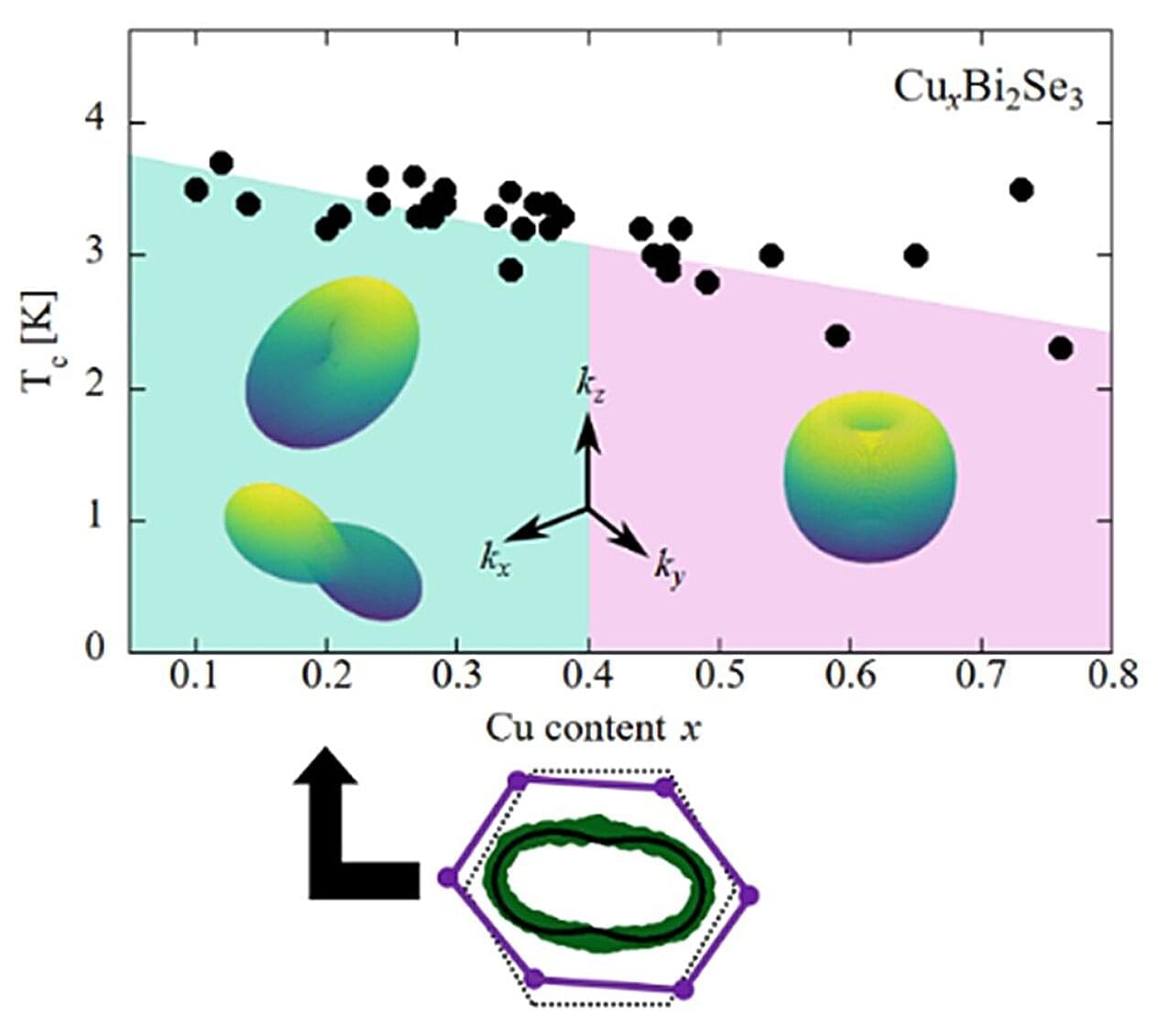For the first time, scientists have created a fully functional memory chip only a few atoms thick and integrated it into conventional chips. This advance could pave the way for more powerful and energy-efficient electronic devices.
Decades of innovation have shrunk the circuits on a computer chip so that, nowadays, engineers can pack billions of tiny components onto a single thumbnail-sized silicon wafer. But silicon chips are now reaching the physical limits of how small they can go while still performing reliably. The solution is two-dimensional (2D) materials, which are materials that are just a single layer of atoms thick that can be scaled down even further and have superior electronic properties.
However, the problem with 2D materials like graphene up until now has been that only simple chips could be constructed with them, and it wasn’t easy to connect them to traditional processors. Now, in research published in the journal Nature, Chunsen Liu at Fudan University in Shanghai and his colleagues have overcome these hurdles. They successfully combined atomically thin 2D memory cells directly onto a conventional silicon chip, creating the world’s first two-dimensional silicon-based hybrid architecture chip.

